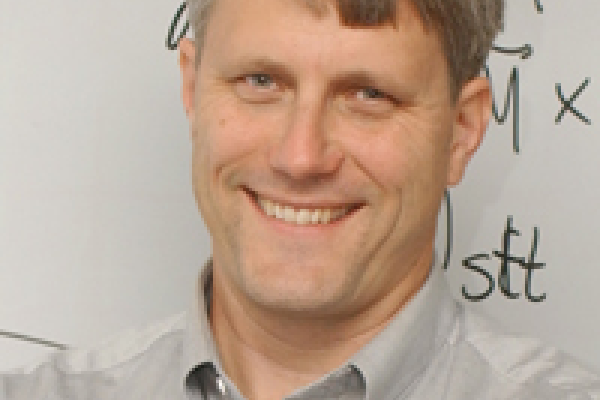
Spintronic devices use the spin of the electron as well as its charge. The current in these devices is spin polarized, due to the inclusion of ferromagnetic materials, so that their conductance depends on the state of the ferromagnet. This dependence allows these devices to serve as sensitive magnetic field detectors or as memory elements, in which information is stored in the magnetic state. However, not only does the polarized current depend on the magnetic configuration, but the spin current can manipulate the magnetic state. This recent development has led to rapid progress in novel memory devices. In this talk, I mention existing and proposed spintronic devices and describe the variety of ways in which the spin current can manipulate the magnetization. I focus on systems consisting of bilayers of ferromagnetic thin films on top of non-magnetic films with strong spin orbit coupling. Recent measurements on these systems have shown dramatic effects, but the interpretation of the experiments is still controversial, making it a fast moving exciting field.
